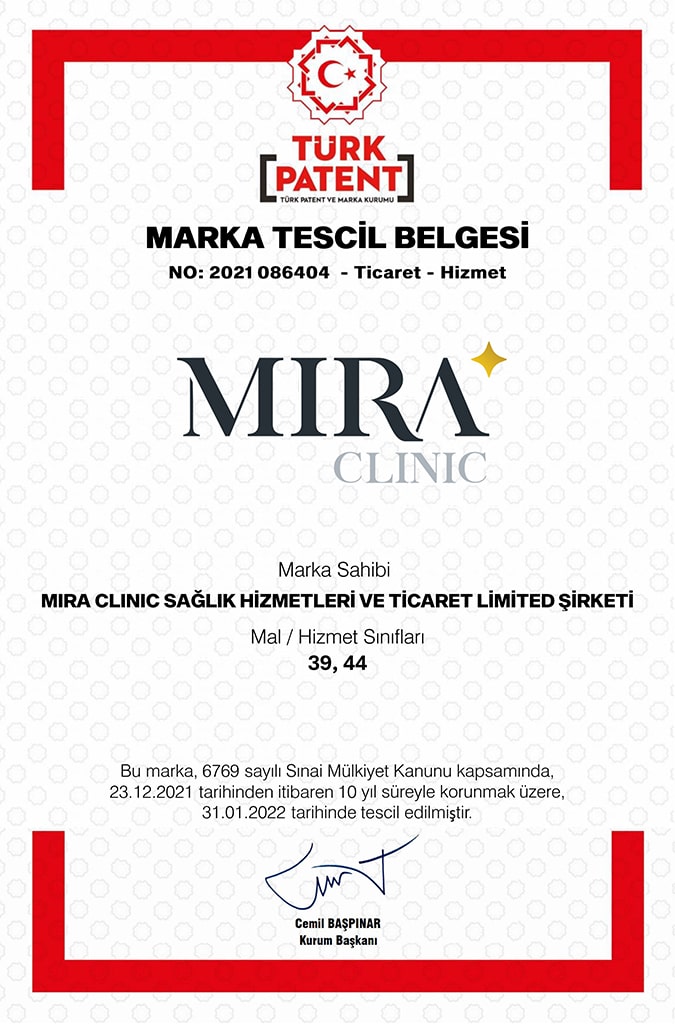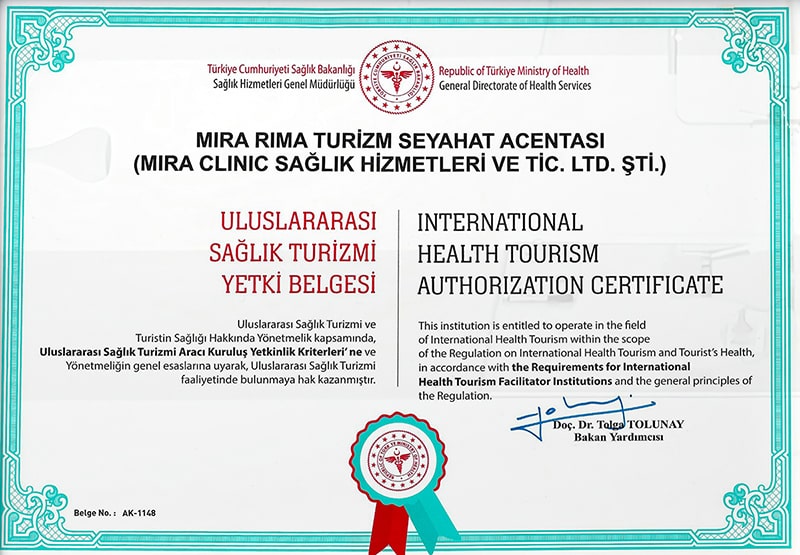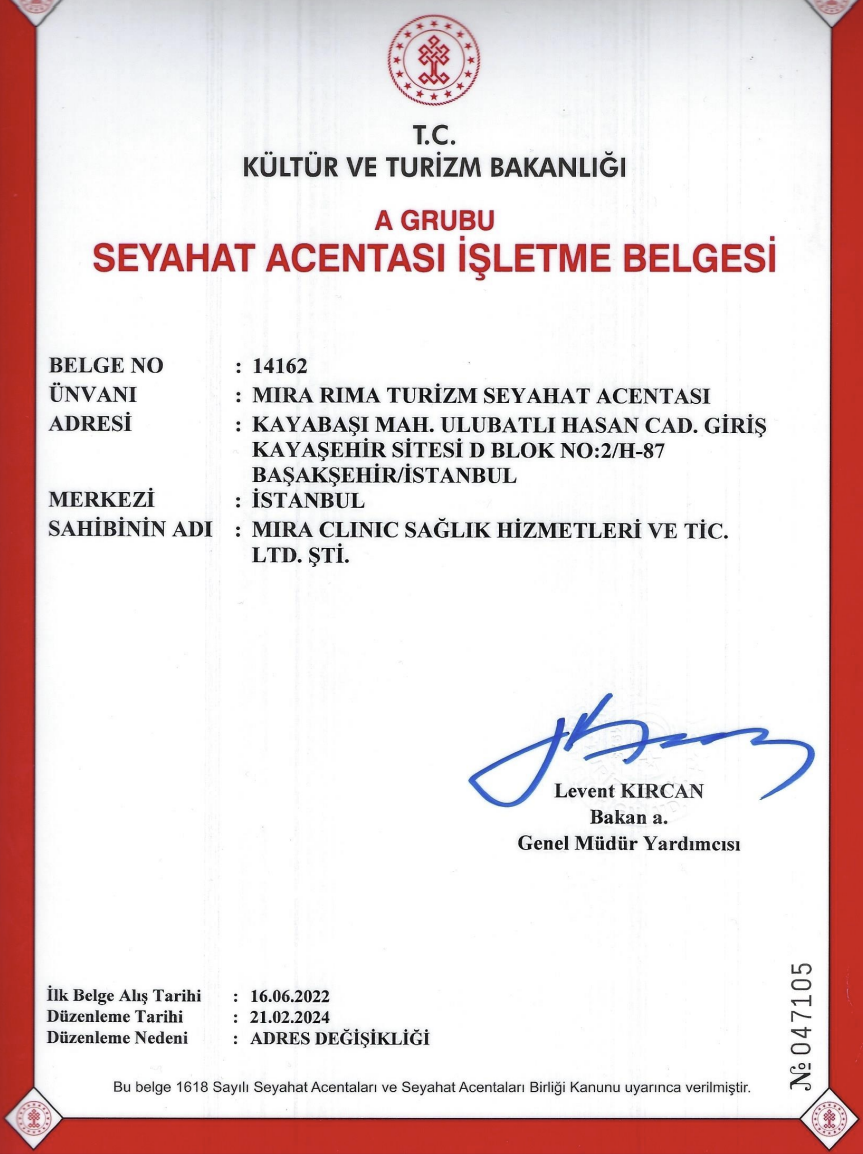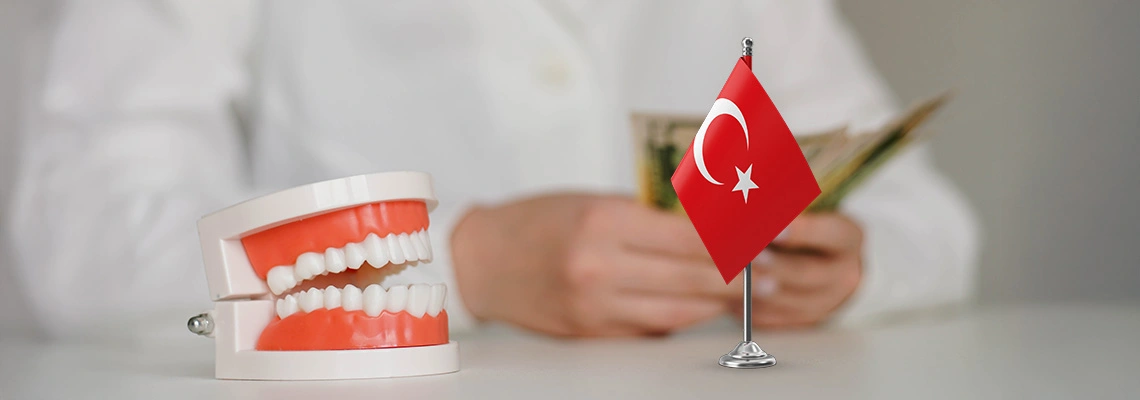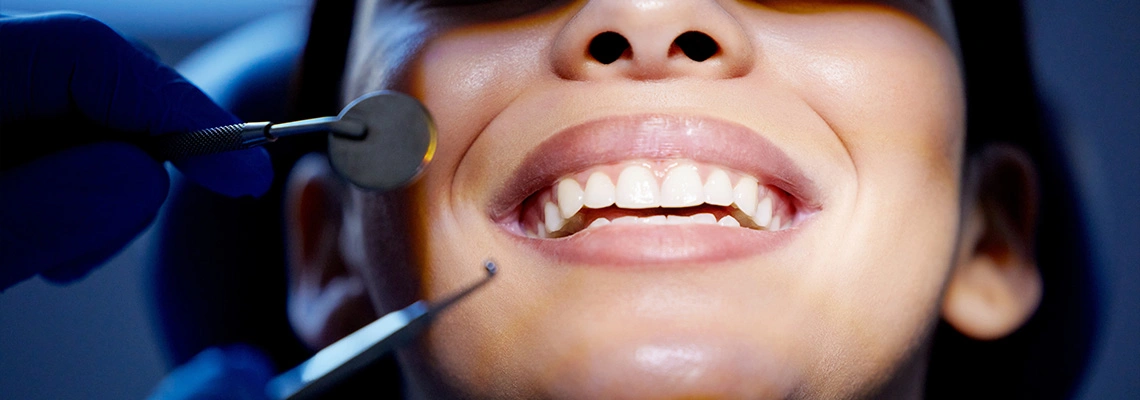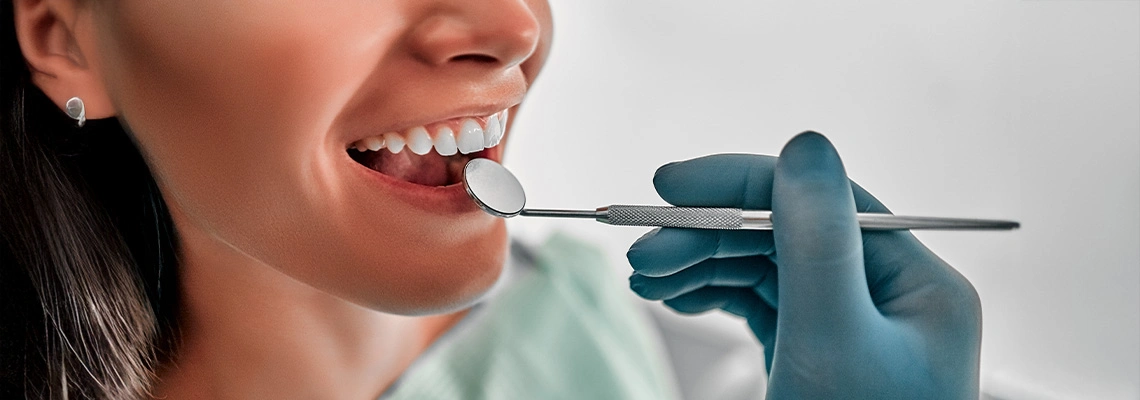Welcome to your comprehensive guide on hair transplants in Turkey, the crossroads of innovation and tradition in hair restoration. This article is crafted to be your all-encompassing resource, shedding light on the nuances of hair transplant techniques, the expertise of Turkish surgeons, and the affordability that has placed Turkey on the map for medical tourism. From pre-operative considerations to post-procedure care, we cover every aspect you need to know, ensuring that you embark on your hair transplant journey with confidence and clarity. Dive into "Everything You Need to Know About Hair Transplant in Turkey" and discover how this procedure can be a life-changing experience.
Table of contents:
- What is a hair transplant procedure?
- When do you need to do a hair transplant?
- How to know that you are the right candidate for a hair transplant?
- How to choose the best hair transplant in Turkey?
- Before hair transplant: what do you need to know before getting a hair transplant?
- What are the most popular hair transplant techniques in Turkey?
- How to choose the best hair transplant technique for your situation?
- Hair transplant stages: How is a hair transplant done step by step?
- How long does a hair transplant procedure last?
- Hair transplant recovery
- The right way for hair washing after hair transplant
- What are the instructions you should follow after a hair transplant?
- When does transplanted hair start to grow? When do you get full hair transplant results?
- Are there any hair transplant side effects?
- Is it risky to have a hair transplant?
- Can hair transplants work for women?
- What is the hair transplant success rate?
- Can PRP help hair grow better after a hair transplant?
- How much does a hair transplant cost in Turkey?
- Hair transplant before and after
What is a hair transplant procedure?
A hair transplant procedure is a surgical technique that aims to restore hair in areas of the scalp with thinning or no hair. the process involves removing small pieces of hair-bearing scalp grafts from a donor site and relocating them to a bald or thinning area. These grafts can vary in size and shape, from round-shaped punch grafts containing about 10-15 hairs to strip grafts with 30-40 hairs. The procedure may require several sessions to achieve fullness, with a healing interval of several months recommended between each session.
Related articles:
When do you need to do a hair transplant?
Individuals may contemplate a hair transplant after finding that non-surgical approaches to hair loss are no longer yielding results, or when the extent of baldness is considerable. It is generally advised for those whose hair loss has plateaued since the continuing loss of hair could lead to patchy growth after the transplant. The best candidates are those in good health, with realistic expectations, and who still have areas of thick hair growth on their scalp. Generally, it's advised for patients over the age of 30, as younger individuals might benefit from hair loss medications to stabilize hair loss before surgery. Always consult with a healthcare professional to determine if it's the right time and option for you.
How to know that you are the right candidate for a hair transplant?
When evaluating suitability for a hair transplant, consider the following criteria:
-
Stabilized Hair Loss: the hair loss process should be stable, without ongoing thinning.
-
Healthy Donor Hair: there must be enough healthy hair available for the transplant.
-
Realistic Expectations: understanding the potential outcomes is crucial.
-
Age Considerations: while there's no absolute age limit, it's generally recommended for individuals who have experienced significant hair loss and are not likely to benefit from non-surgical treatments.
-
Healthy Donor Area: the area from which hair is taken should have ample hair to cover bald spots.
-
Professional Consultation: a healthcare professional’s assessment is necessary to determine if a hair transplant is an appropriate treatment.
How to choose the best hair transplant in Turkey?
To select the best hair transplant center in Turkey, the following steps can be taken:
-
Reviewing previous patient evaluations: communicating with patients who have undergone hair transplant surgery at the center and taking their opinion on the quality of services provided by the hair transplant center.
-
Practical experience of the center: it is essential to choose a center that has long-standing practical experience in hair transplantation.
-
Reputation of the hair transplant center: it is necessary to choose a hair transplant center that is renowned for achieving the best results.
-
Number of successful operations conducted by the center’s doctors: the number of successful operations carried out by the doctors at the center contributes to its evaluation as the best hair transplant center.
-
Medical authorities accrediting the center: when medical authorities accredit a hair transplant center, it means it is one of the best centers.
-
Cost of hair transplant procedures at the center: distinguished and well-known centers offer packages that include comprehensive services at a reasonable cost.
-
Techniques used by the center: it is crucial to know the techniques used by the center in hair transplantation and to choose the best one.
Before hair transplant: what do you need to know before getting a hair transplant?
Before embarking on a hair transplant journey, it’s important to arm yourself with knowledge and set appropriate expectations. Here are some crucial points to consider:
-
Research thoroughly: understand the different techniques available, such as FUT and FUE, and decide which might be best for you.
-
Consultation is key: seek multiple professional opinions to assess your suitability for the procedure and to discuss potential results.
-
Assess your health: ensure you’re in good health and discuss any underlying conditions with your surgeon as they may affect the outcome.
-
Financial planning: be aware that hair transplants can be costly and are usually not covered by insurance.
-
Post-operative care: follow your surgeon’s instructions carefully after the procedure to ensure the best possible results.
What are the most popular hair transplant techniques in Turkey?
Turkey is now a major destination for hair transplant tourists, providing some of the most cutting-edge methods available. The most popular methods include:
-
Direct Hair Implantation (DHI): this technique uses a precision instrument known as the Choi pen, which allows for the direct implantation of hair follicles without the need to create pre-made incisions. It's known for its accuracy and can be performed without shaving the head, making it a discreet option for patients.
-
Follicular Unit Extraction (FUE): FUE is one of the most widely chosen methods due to its minimally invasive nature. It involves extracting individual hair follicles from the donor area and implanting them into the recipient site. This technique is known for leaving no linear scars and offering a quick recovery time.
-
Sapphire FUE: an innovation on traditional FUE, Sapphire FUE uses blades made from sapphire to create the recipient sites for the hair follicles. Because of this, incisions can be made with greater precision, resulting in less trauma to the area and possibly quicker healing.
These techniques are sought after for their ability to produce natural-looking results, with differences mainly in the tools used and the specifics of the procedure, such as whether the head needs to be shaved and the duration of the surgery.
How to choose the best hair transplant technique for your situation?
Choosing the best hair transplant technique depends on various factors specific to your situation. Here are a few things to think about before choosing:
-
Extent of Hair Loss: techniques like FUT are often preferred for treating larger areas, while FUE is more precise and suitable for smaller areas.
-
Desired Results: if you’re looking for minimal scarring and a shorter recovery time, FUE might be the better option. However, if cost is a concern and you’re treating extensive hair loss, FUT could be more effective despite the longer recovery and potential for scarring.
-
Consultation with a Specialist: it’s crucial to consult with a hair transplant specialist who can assess your scalp, the progression of hair loss, and the number of grafts needed. They can recommend the most suitable method for you.
-
Personal Preferences: consider your lifestyle, recovery time preferences, and any personal concerns you might have about scarring or the surgical process.
-
Technological Advances: stay informed about the latest advancements in hair transplant techniques. Some newer methods, like DHI using Choi Implanter pens, offer more control over the direction and angle of hair growth, though they may be more expensive.
Hair transplant stages: How is a hair transplant done step by step?
Hair transplantation typically involves the following steps:
-
Consultation: the first step is a consultation with a surgeon to discuss your hair loss and medical history. The surgeon will assess your suitability for a hair transplant and analyze your hair.
-
Preparation: before the procedure, you’ll need to prepare your scalp. This might involve shaving your hair to allow the surgeon to replicate the natural direction of your hair.
-
Surgery: on the day of the surgery, you’ll wash your hair and scalp with shampoo. The surgeon will then perform the transplant using either Follicular Unit Extraction (FUE) or Follicular Unit Transplantation (FUT) methods.
-
Grafting: small punch grafts from the hair-bearing scalp or a larger piece of this scalp from a donor area are cut into smaller pieces to use as grafts. These grafts are then relocated to the bald or thinning area of the scalp.
-
Post-Op Recovery: after the grafting session, the scalp is cleansed and covered with gauze. The donor site holes may be closed with stitches, and the scalp’s circulation is maintained by spacing the grafts appropriately.
-
Maintenance: post-operative care includes following the surgeon’s instructions for washing and treating your scalp. It may take several months to see the final results, and additional sessions may be needed for satisfactory fullness.
Each step is crucial for ensuring the success of the transplant and the natural appearance of the transplanted hair. It’s important to follow the surgeon’s instructions closely throughout the process.
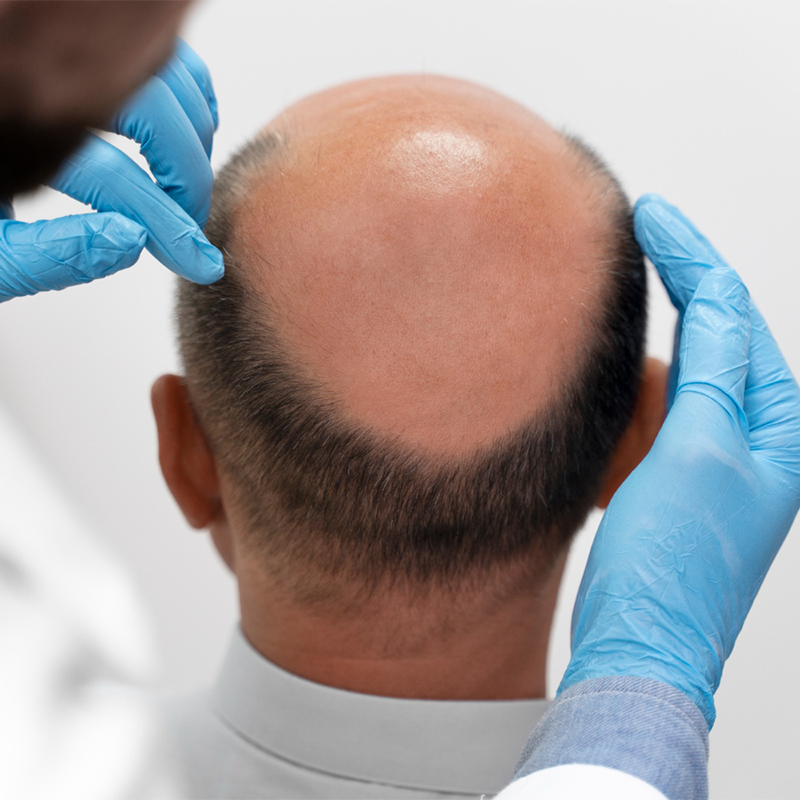
How long does a hair transplant procedure last?
The duration of a hair transplant procedure can vary depending on several factors, such as the extent of hair loss, the number of grafts needed, and the technique used. Generally, the process can take anywhere from 3 to 8 hours. For larger areas or a higher number of grafts, it might extend up to 12 hours. It's common for patients to stay awake during the surgery, which is performed under local anesthesia. In some cases, if the baldness is extensive, the procedure may be split into two sessions with a healing period in between.
Hair transplant recovery
Following a hair transplant, recovery takes many forms and differs from patient to patient. This is a general schedule of events that you can anticipate while recovering:
-
Immediate Post-Op: swelling around the forehead and eyes may occur, which is a natural response to the surgery. Applying a cold compress and keeping the head elevated can help reduce swelling.
-
First Week: the first few days can be uncomfortable with some itching or minor bleeding. It’s important to wash your hair gently with a special shampoo starting on the third day. The transplanted grafts will begin to strengthen.
-
After ten Days: by the second week, the surgical area will heal significantly, scabs will start to fall off, and redness will diminish. Gentle hair washing should continue to remove any residue or dead skin cells.
-
Shock Loss: around 7-10 days post-operation, you may experience ‘shock loss’, where transplanted hair falls out as part of the natural hair growth cycle. This is normal and not a cause for concern.
-
Long-Term Recovery: the dormant period lasts from 0 to 3 months, during which new hair growth is not yet visible. The emergent period is from 3 to 12 months when new hair starts to grow. Finally, the maturation period from 12 to 18 months is when the full results of the transplant can be seen.
The right way for hair washing after hair transplant
Proper hair care after a hair transplant is crucial for ensuring the success of the procedure and the health of your transplanted hair. It’s generally recommended to wait at least 48 hours before the first wash, and when you do, it should be done gently and carefully. Here’s a step-by-step guide:
-
Apply Moisturizing Lotion: begin by applying a moisturizing lotion to both the transplanted and donor areas. Leave it on for about 30 minutes to soften any dried blood and scabs.
-
Gentle Rinsing: rinse your hair with lukewarm water without applying pressure. Avoid direct shower jets as they can dislodge the grafts.
-
Shampoo Application: after the initial rinse, apply a mild shampoo approved by your surgeon to the donor area only, gently massaging it in. Rinse thoroughly without rubbing the transplanted area.
-
Drying: pat your hair dry with a soft towel or let it air dry. Do not rub or use a hairdryer.
It’s important to wash your hair daily following this method for the first ten days, adjusting the care as instructed by your surgeon.
What are the instructions you should follow after a hair transplant?
After a hair transplant, it’s crucial to adhere to specific post-operative care instructions to ensure optimal results. These typically include:
-
Medication and Supplements: avoid any medications or supplements that could increase bleeding, such as aspirin, ibuprofen, and certain vitamins and herbs, for two weeks before and after the procedure.
-
Alcohol and Smoking: abstain from alcohol and smoking for at least one week before and after the surgery to promote better blood flow and healing.
-
Physical Activity: restrict physical activities, including exercise and sexual activity, for a period recommended by your surgeon to prevent swelling and ensure proper healing.
-
Sun Exposure: shield the transplant area from direct sunlight for the first month after the procedure to avoid irritation and potential damage to the grafts.
-
Hair Care: follow a gentle hair washing routine with a mild shampoo and refrain from rubbing the transplanted area. Start washing only after the period suggested by your surgeon, which is usually after 48 hours.
-
Sleeping Position: maintain an elevated head position while sleeping to minimize swelling and avoid putting pressure on the transplanted area.
When does transplanted hair start to grow? When do you get full hair transplant results?
Transplanted hair growth begins around 3 to 4 months post-surgery, with full results visible after 12 to 18 months. Initially, transplanted hair may shed, which is normal. By the third month, new growth starts, appearing thin and soft. Around the sixth month, 60% of hair growth is expected, and by the end of the year, the hair thickens to its final density. Individual results vary, and following post-operative care instructions is crucial for the best outcome. Consultation with your surgeon is recommended for personalized expectations and care.
Are there any hair transplant side effects?
Hair transplant surgery is generally safe, but like any medical procedure, it can have side effects. Common side effects include:
-
Hair Shedding: it’s normal for some of the transplanted hair to shed after the procedure before new growth begins.
-
Bleeding: minor bleeding can occur at the donor or recipient sites.
-
Infections: While rare, infections can happen and are typically treatable with antibiotics.
-
Pain: some discomfort and pain may be experienced post-surgery.
-
Itching: this is a common side effect that usually subsides as the healing process progresses.
-
Swelling: swelling around the forehead and eyes can occur but usually diminishes within a few days.
-
Numbness: temporary loss of sensation around the treated areas is possible.
-
Scarring: depending on the technique used, scarring can occur at the donor site.
Most side effects are temporary and can be managed with proper care and medication prescribed by your surgeon.
Is it risky to have a hair transplant?
Hair transplant surgery, when performed by a qualified and experienced surgeon, is generally considered safe. However, it is not without some side effects, as mentioned previously. Patients may experience mild discomfort, swelling, or redness around the treated areas. These side effects are typically temporary and subside within a few days post-operation. It’s important for individuals to have realistic expectations and to follow their surgeon’s post-operative care instructions to minimize risks and ensure the best possible outcome.
Can hair transplants work for women?
Yes, hair transplant procedures, including the (DHI) technique, can be effective for women experiencing hair loss. DHI is a modified version of the (FUE) technique and is particularly suitable for women because it allows for hair transplant without shaving the head, which is often preferred by female patients. The procedure involves using a specialized pen-shaped tool to extract and implant hair follicles, potentially leading to more natural-looking outcomes and faster recovery times. It’s important for women considering DHI to have a good density of donor hair and to consult with a skilled surgeon to determine if they are good candidates for this procedure.
What is the hair transplant success rate?
With the advent of cutting-edge technologies in the field, hair transplantation has seen widespread success, boasting high safety and satisfaction rates. The procedure’s effectiveness is reflected in the success rates, with men experiencing a 90% success rate, while women enjoy an even higher rate at 95%. These encouraging statistics offer considerable assurance to those contemplating undergoing hair transplantation, promising a significant likelihood of a positive outcome.
Can PRP help hair grow better after a hair transplant?
Platelet-rich plasma (PRP) therapy is often used after hair transplant surgery to promote better hair growth. PRP can enhance the healing process, increase the survival rate of transplanted hair follicles, and stimulate natural hair growth. It's typically recommended to wait a few weeks after the transplant before starting PRP treatments. The therapy involves drawing blood, processing it to concentrate the platelets, and then injecting it into the scalp. This provides the hair follicles with a high concentration of growth factors, potentially leading to improved hair density and strength.
How much does hair transplant cost in Turkey?
Turkey has become a popular destination for hair transplant procedures due to its combination of experienced surgeons and cost-effective pricing. On average, the cost of a (DHI) procedure is around $1525, while the (FUE) method is slightly less, averaging $1310. The Sapphire FUE, which utilizes sapphire blades for more precise incisions, is also priced at an average of $1525. These competitive prices, coupled with the high standard of care, make Turkey an attractive option for those seeking hair restoration solutions.
Hair transplant before and after
The transformative journey of a hair transplant can be quite remarkable. Before the procedure, individuals often face the challenge of thinning hair or balding areas, which can affect their self-confidence. After undergoing a hair transplant, patients typically experience a period of recovery where the transplanted hair takes root. Within 6 to 9 months, more than half of the new grafts start to grow, leading to visibly thicker hair.
The final results can be seen after a year, revealing a fuller head of hair that blends naturally with the existing hairline. This change not only enhances the aesthetic appearance but can also significantly boost the individual’s self-esteem and overall quality of life.
Mira Clinic in Istanbul stands out as a reliable choice for hair transplantation, offering services that combine quality with affordability. With a commitment to patient satisfaction and a track record of successful procedures, the clinic ensures that clients receive the best care at reasonable prices. If you're considering hair transplantation, do not hesitate to contact us and take advantage of our free online consultation to explore your options and learn more about what we can offer you.
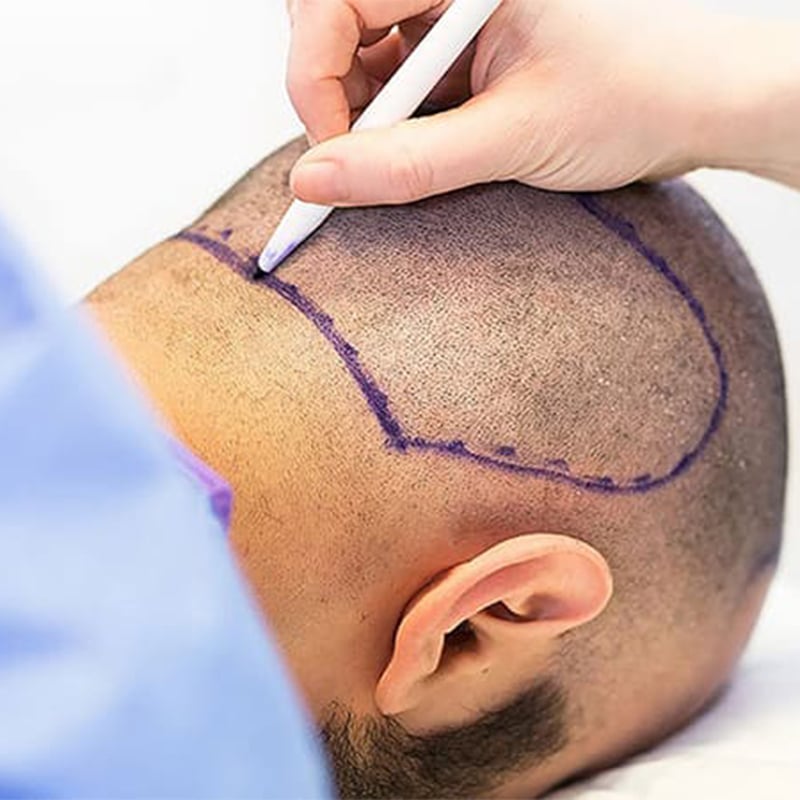
Sources:
- Hair transplants procedure steps
- https://www.plasticsurgery.org/cosmetic-procedures/hair-transplantation-and-restoration/procedure
- hair transplants: what to expect
- https://www.webmd.com/skin-problems-and-treatments/hair-loss/hair-transplants
- hair transplant
- https://www.nhs.uk/conditions/cosmetic-procedures/cosmetic-surgery/hair-transplant/
